Woody Trees, Shrubs & Climbers
Identifying woody plants simply from their leaves is not always possible, but it is a good starting point. In this section, woody trees, shrubs and climbers
are grouped according to their basic leaf shape. In some cases, this means that you may have to follow more than one lead, returning to this page if the leaf you
try doesn't lead you to your plant.
Within the leaf sections, the pictures are grouped so that similar-looking (though not necessarily closely-related) plants will be near each other.
This should help to reduce your search time. Also, in cases where there are a number of very similar species, a representative species is shown here;
clicking on it will take you to a page that tells you how to tell the more difficult species apart.
Probably the hardest is the section of alternate, simple leaves with toothed margins, as there are so many species here. You are likely to have greater success if your plant is flowering or
in fruit, but if it is not, you should still be able to work out most species by looking at details of bark, twigs and the hairiness or otherwise of the leaves.
Some useful things to know: the words 'opposite' and 'alternate' as used here, refer to the arrangement of the leaves on the stem. The leaves will either be paired, opposite each other,
or will be arranged singly, alternating from one side of the branch to the other. Compound leaves consist of a central stem or rachis with leaflets arranged along it and either with or without
a single, terminal leaflet. Telling leaves from leaflets is usually pretty easy - where the stem of a leaf joins the twig, there will usually be a bud (often rather small). Leaflets
do not have a bud at their base.
If you still can't find your plant, you either have something very interesting that you may wish to tell us about, or we just haven't got a picture
of it yet - we're still working on the latter!!
Click on the pictures below to go to the species pages.
 |
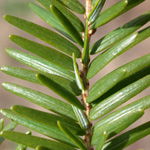 |
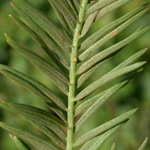 |
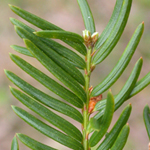 |
pines
|
Eastern Hemlock
|
Bald Cypress
|
yews
|
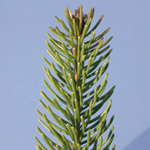 |
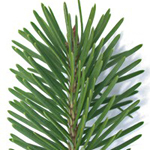 |
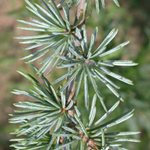 |
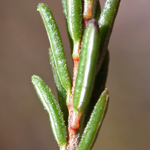 |
spruces
|
Douglas Fir
|
true cedars
|
Broom-crowberry
|
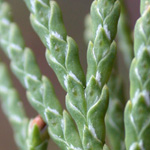 |
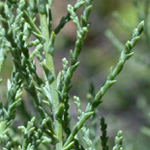 |
junipers
& cypresses
|
tamarisks
|
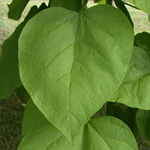 |
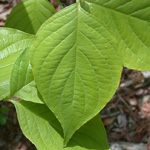 |
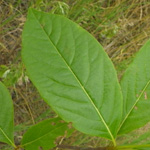 |
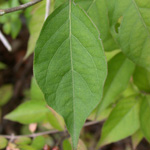 |
catalpas
|
dogwoods
|
viburnums
|
honeysuckles
|
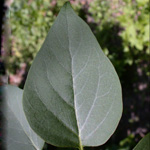 |
 |
Common Lilac
|
Common Box
|
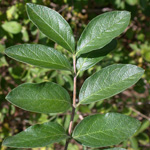 |
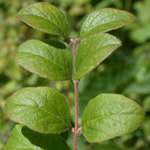 |
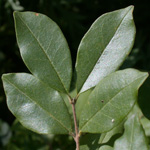 |
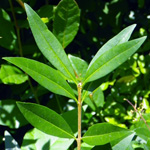 |
honeysuckles
|
Coralberry
|
privets
|
privets
|
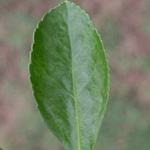 |
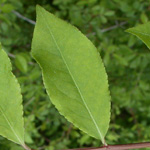 |
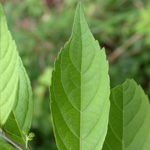 |
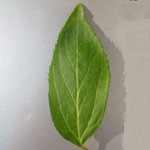 |
evergreen spindles
|
deciduous spindles
|
Chinese
Beautyberry
|
forsythias
|
 |
 |
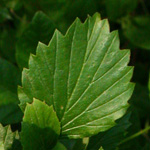 |
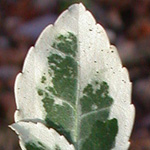 |
Foxglove-tree
|
Rose
Glorybower
|
arrowwoods
|
evergreen spindles
|
 |
Japanese
Honeysuckle
|
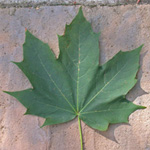 |
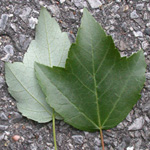 |
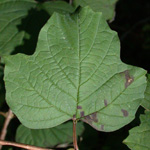 |
maples
|
maples
|
Guelder-rose
|
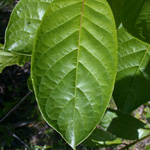 |
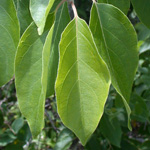 |
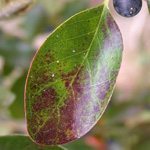 |
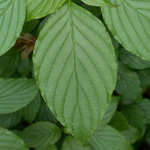
|
Buttonbush
|
Common Persimmon
|
Blackgum
|
dogwoods
|
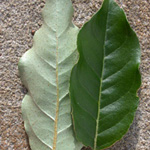 |
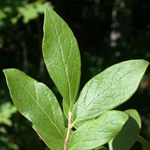 |
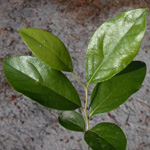 |
 |
Autumn-olive
|
ericaceous shrubs
|
ericaceous shrubs
|
ericaceous shrubs
|
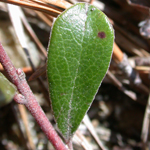 |
 |
 |
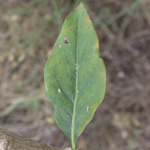 |
Bearberry
|
Sweetbay Magnolia
|
Willow Oak
|
Duke of Argyll's
Teaplant
|
 |
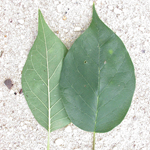 |
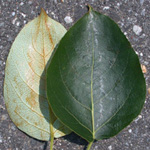 |
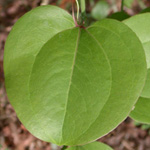 |
Northern
Spicebush
|
Osage-orange
|
poplars
|
greenbriers
|
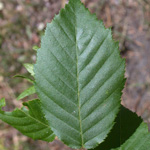 |
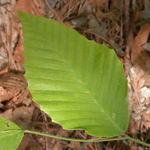 |
 |
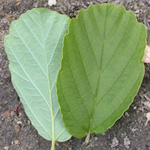 |
American
Hornbeam
|
American
Beech
|
alders
|
Intermediate
Witch-hazel
|
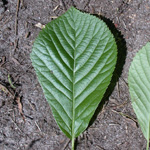 |
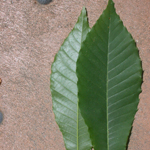 |
Common Sweet
Pepperbush
|
American
Chestnut
|
 |
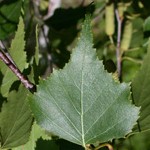 |
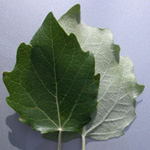 |
 |
River Birch
|
Gray Birch
|
poplars
|
cottonwoods
|
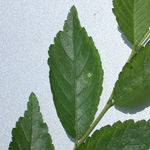 |
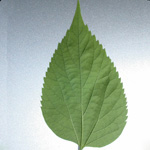 |
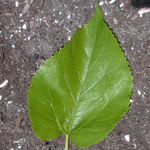 |
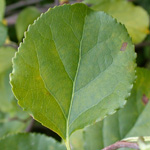 |
elms
|
hackberries
|
mulberries
|
bittersweet-vines
|
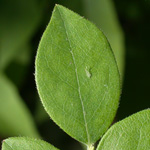 |
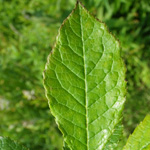 |
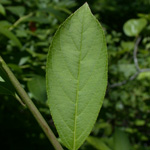 |
 |
ericaceous shrubs
|
winterberries
|
Virginia
Sweetspire
|
bittersweet-vines
|
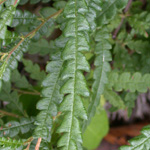 |
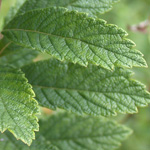 |
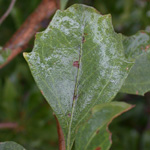 |
 |
Sweetfern
|
Steeplebush
|
Eastern Baccharis
|
hollies
|
 |
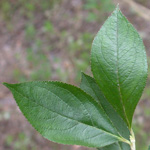 |
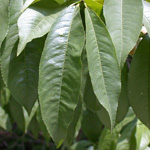 |
pears
|
rose family
|
rose family
|
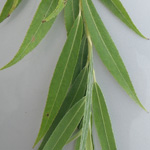 |
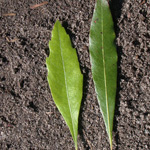 |
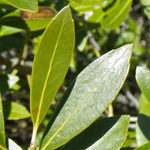 |
willows
|
myrtles &
bayberries
|
Inkberry
|
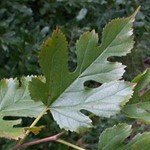 |
 |
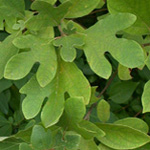 |
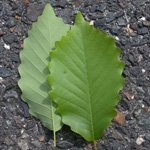 |
mulberries
|
mulberries
|
Sassafras
|
oaks
|
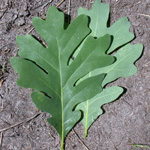 |
 |
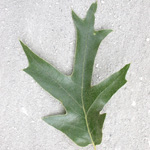 |
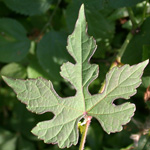 |
oaks
|
oaks
|
oaks
|
vines
|
 |
 |
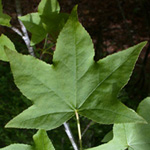 |
 |
plane-trees
|
American
Tulip-tree
|
Sweetgum
|
vines
|
 |
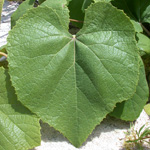 |
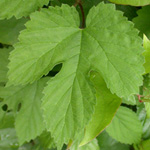 |
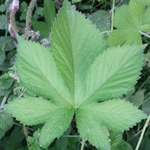 |
Common
Moonseed
|
vines
|
Common Hop
|
Japanese Hop
|
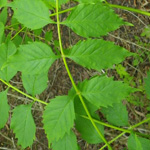 |
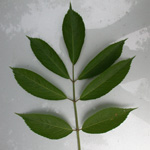 |
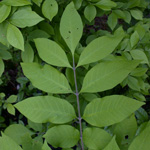 |
Trumpet Creeper
|
Common Elder
|
Ashes
|
 |
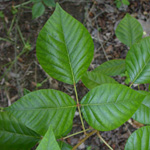 |
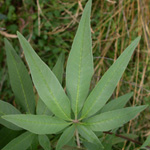 |
Box-elder
|
poison-ivies
|
Chaste-tree
|
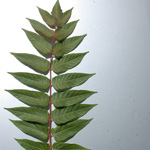 |
 |
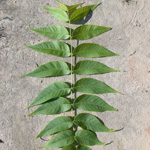 |
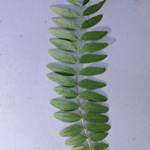 |
Tree-of-heaven
|
sumacs
|
Black Walnut
|
locusts
|
 |
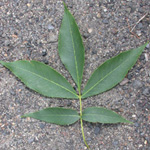 |
 |
hickories
|
hickories
|
Poison Sumac
|
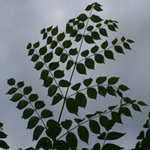 |
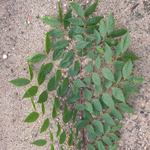 |
aralias
|
Kentucky
Coffee Tree
|
 |
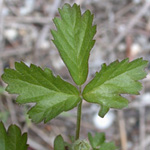 |
 |
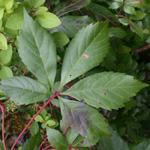 |
roses
|
dewberries
|
brambles
|
vines
|